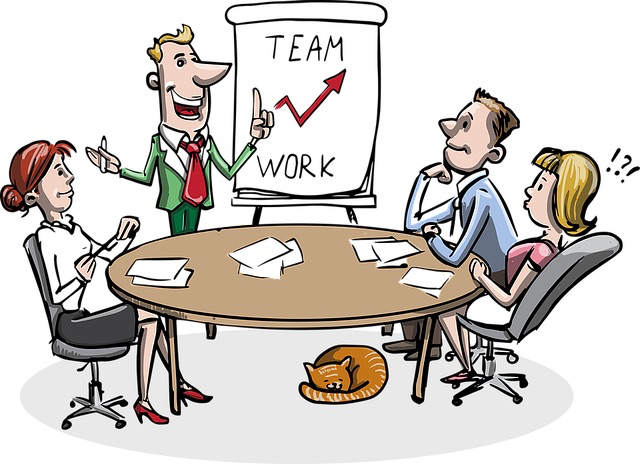Have you ever wondered what the best teams do to be the best? It is an interesting thing to ponder. Take a group of people, let’s say there are 8 people. They each have different backgrounds, come from different towns and grew up with different values. Each person has a different way of thinking, processing information, understanding of how things should work, and approaching projects.
Now take those 8 people and call them a team. What has changed about each person? Nothing really. What do they have in common? They all work for the same organization and were told they are part of this team. Other than these two components, they don’t have things in common.

So how are these 8 people supposed to become a cohesive, highly functioning team with so little in common? In this 2 part series learn the 10 principles these teams implement and practice regularly.
- A common vision and mission that is embraced by each member of the team
The vision for the team is what things will look like in the future when the mission is accomplished. The mission is what the team needs to do. When the team understands and embraces the mission and can see the vision for the future their daily work will always be focused on achieving them.
- Leader supported
The leadership of the organization must be in alignment with the mission and vision. They must support the needs of the team so they can accomplish their goals. Support can be making time to listen and understand. It can include being willing to roll up their sleeves if needed and participate. It could mean some training or technology may be needed. Whatever it is, leadership needs to proactively demonstrate the team is fully supported.
- The goals of the team are well defined and embraced by all members of the team
There should not be any mystery regarding the goals of the team. There may be several layers within the goals; he overall goals and then the breakdown action steps of those goals, which in themselves become goals. The goals need to be SMART (specific, measurable, attainable, relevant, and time-based. When the goals are well defined and embraced, they can be achieved successfully.
- Trust among the team members
Nothing ruins relationships more than a lack of trust. Backbiting, gossip, hoarding information are just some ways that untrusting team members hurt the team. There must be open and honest communication among the team members. Each member must be able to rely upon the other team members to do their very best and to work together to achieve the common mission, vision, and goals.
- Each person’s role is clearly defined
With very clear definitions, each team member will know without any doubt exactly what their role is. There will not be any ambiguity among them where one member thinks another member should be handling something and the other member doesn’t think it’s their responsibility. If there is ever any doubt, the team, collectively, must determine who needs to handle that particular task.

As you can see, a truly high functioning team has strong principles in place and walks them out daily.
In my next article I will share the next 5 principles that these amazing teams practice.
Are you in a team that can use some help to become better? Drop me an email at [email protected] and let me know the challenge your team is facing.


